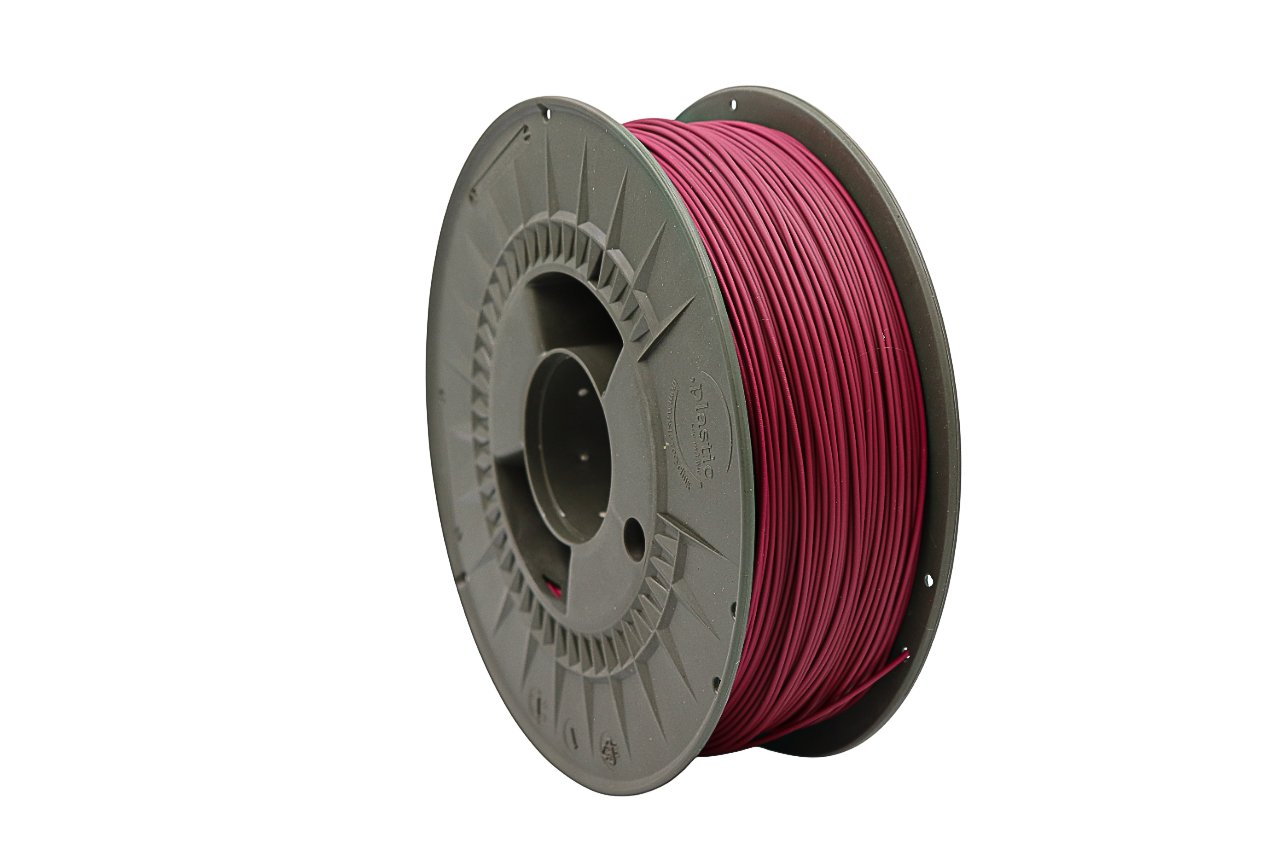Introduction
Why inter-layer bonding matters in FDM printing
If you have ever held a 3D print that looked strong but snapped right along the layers, you already understand why layer adhesion is everything. In the conversation of pla vs pla+ and pla+ vs pla, the core question is not only about stiffness or finish. It is about whether your print actually survives real use. Stronger inter-layer bonding turns a good print into a durable, reliable one, and that is the promise our PLA+ delivers.
What we mean by “generic PLA” vs. our PLA+
When we say generic PLA, we refer to the most common, entry-level filament found across marketplaces. It prints easily, yes, but often lacks consistency and reinforcement additives. Our PLA+ is engineered specifically to outperform standard PLA in strength, durability and bonding between layers. This article unpacks that difference clearly, helping you understand pla vs pla+ performance from both scientific and real-world perspectives.
Understanding the Basics of PLA and PLA+
What is standard PLA?
PLA (Polylactic Acid) is the go-to filament for hobbyists and pros who want quick results, low warp, and easy printing. It is plant-based, sustainable, and incredibly beginner friendly. However, that convenience comes with a tradeoff. Standard PLA can be brittle, and in the pla vs pla+ debate, its predictable weak point is always inter-layer strength.
What is PLA+ (and how do we define “our PLA+”)?
PLA+ is an upgraded version of PLA with strengthening additives. Our PLA+ is designed with enhanced formula refinements that increase layer fusion, tensile strength and impact resistance. When comparing pla+ vs pla, those modifications create a performance gap you can actually feel in finished parts.
Key mechanical and physical properties at a glance
PLA prints stiff parts. PLA+ prints parts that hold up to bending, stress, and drops. The pla vs pla+ difference shows up most clearly in layer durability and part longevity.
The Science of Inter-Layer Bonding
What happens between layers
Layer adhesion works like microscopic welding. Each new layer must re-melt and fuse with the previous one. Weak melt flow or inconsistent formula means weaker bonds. That is where generic PLA tends to struggle.
Common failure modes
Poor layer bonding means delamination, brittle failure, and stress cracks. If you have experienced this with budget filaments, you know how frustrating the pla+ vs pla conversation becomes.
Material formulation matters
Polymers with better flow, elasticity, and controlled crystallization form better layer fusion. Our PLA+ is tuned for precisely that.
How Our PLA+ Delivers Stronger Inter-Layer Bonding
Formula enhancements
Our PLA+ uses modifiers that improve melt behavior and help layers fuse more thoroughly. These enhancements are the foundation of the pla vs pla+ performance jump.
Optimized printing range
Our filament thrives at slightly higher extrusion temperatures, encouraging better polymer welding without sacrificing surface quality. Generic PLA often works at lower temperatures but cannot match the bonding strength in pla+ vs pla printing results.
Comparative test results
Strength tests show our PLA+ resists snapping across layers significantly better than standard PLA. In real prints, you literally feel the difference when handling functional parts.
Visual evidence
Under magnification, our PLA+ prints show tighter transitions and fewer micro-gaps. Those small details translate directly into better durability during use.
Benefits of Enhanced Layer Bonding in Real-World Use
Superior strength for functional prints
If you are printing brackets, mounts, enclosures or gaming props, you want strength across layers, not only along the X/Y axis. That is where the pla vs pla+ gap widens dramatically.
Better finish and reduced voids
Strong bonding means smoother surfaces and fewer seams. This gives prints a more professional look while boosting reliability.
Reliability and consistency
Whether you run a single printer at home or 20 machines in a farm, you want predictable results. The consistency offered by our PLA+ makes the pla+ vs pla decision obvious for serious makers.
Printing Best Practices for Maximising Bond Strength with Our PLA+
Recommended settings
A slightly higher nozzle temp and moderate cooling give perfect bonding. Our PLA+ is forgiving, but dialing in the sweet spot unlocks peak strength.
Generic PLA limitations
Lower-quality PLA may require temperature compromises that harm bonding strength. With pla vs pla+, that performance ceiling becomes clear.
Post-processing tips
For those who push parts to their limits, gentle annealing improves impact resistance further.
When to Choose Generic PLA vs. When to Choose Our PLA+
When generic PLA is fine
Rough prototypes, decorative pieces, and small trinkets may not need performance upgrades.
When PLA+ is the clear winner
Functional parts, stress-bearing components, and anything you want to last benefit enormously from PLA+. If you care about strength and reliability, pla+ vs pla is not a debate. It is a decision.
Cost vs. value
PLA+ may cost slightly more, but the reliability and durability easily justify it.
FAQs
Will it work on any FDM printer?
Yes, absolutely.
Does better bonding affect printability?
No. Our PLA+ prints smoothly while giving superior strength.
Is it still eco-friendly?
Yes, it remains plant-derived and biodegradable under industrial conditions.
Can I switch easily from PLA?
Most users switch instantly with minor temp adjustments.
Conclusion
Recap and invitation
Inter-layer adhesion is the true test of filament quality. When comparing pla vs pla+ and weighing pla+ vs pla, our PLA+ stands out for its consistent fusion, strength, and finish. Try it for your next high-performance print, and you will feel the difference in every layer.

